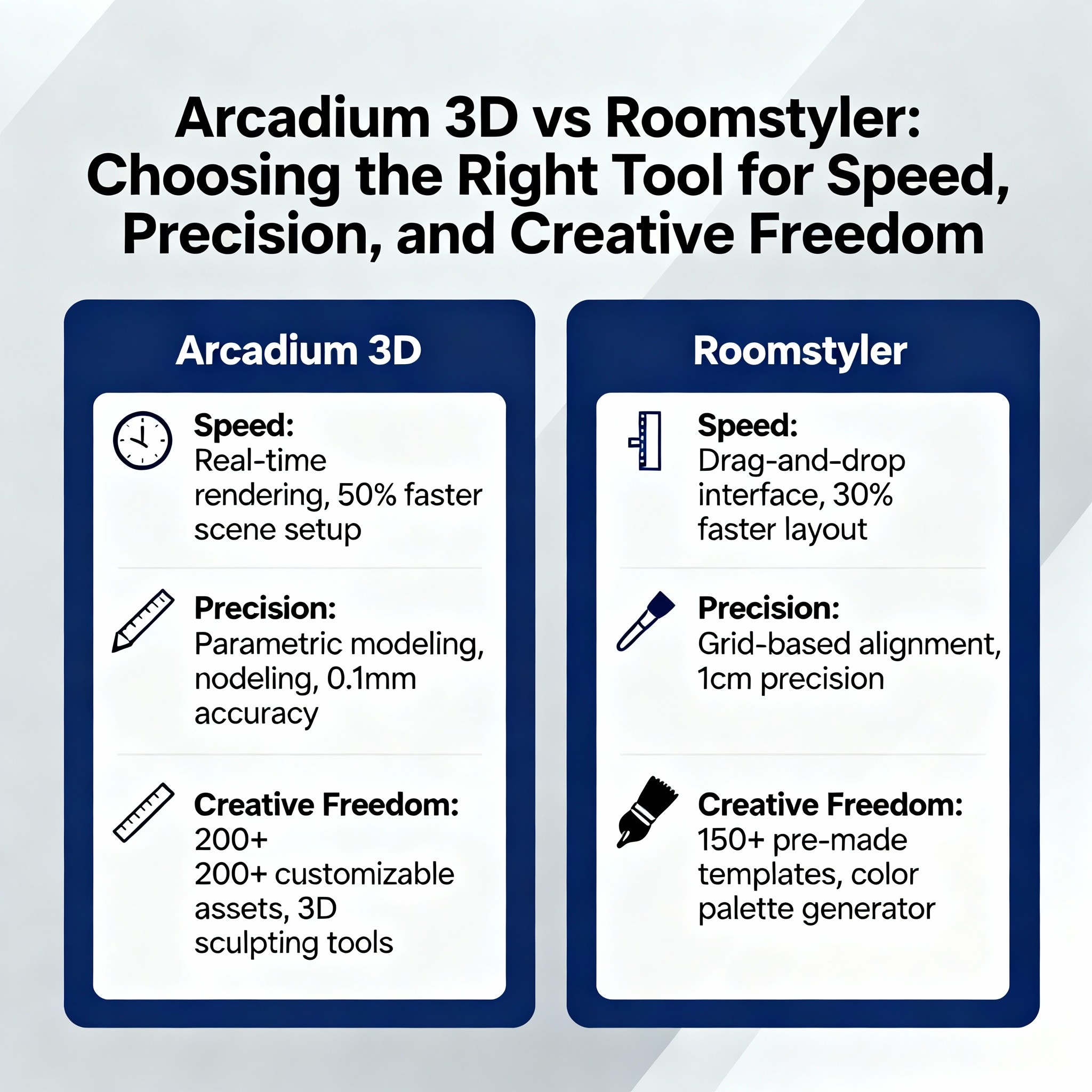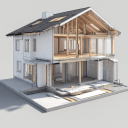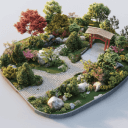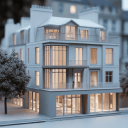When it comes to online interior and house design, both Arcadium 3D and Roomstyler are capable browser-based tools. Arcadium 3D is praised for its fast, intuitive workflow and precision.
In fact, Arcadium’s creators note it is “the fastest tool for interior designers and DIY enthusiasts to get started”. It offers real-time rendering, parametric editing, smart dynamic objects, AI-powered styling, and exact measurements.
Roomstyler, by contrast, shines in photorealistic renders and a massive brand-name furniture library (over 120,000 items) with drag-and-drop simplicity. However, Roomstyler’s model sizes and templates are largely fixed, which can slow iteration and limit creative control.
We compare these tools below on key factors: ease of use, modeling flexibility, rendering, customization, platform support, and pricing to help both DIYers and pros decide which fits their needs.
Quick Feature Comparison Before You Decide
Feature
| Arcadium 3D
| Roomstyler
|
Ease of Use
| Intuitive, game-like controls with helpful tooltips. A beginner can draw a room and add furniture in minutes.
| Simple drag-and-drop interface; no downloads needed. Templates make startup quick, though advanced edits require mode switches.
|
Modeling Precision
| Supports numeric inputs and parametric components. Walls and furniture can be dimensioned exactly; objects auto-adjust when resized.
| Walls can be given exact lengths, but furniture items have fixed dimensions (no custom widths). Limited ability to create unique shapes.
|
Rendering & Speed
| Live, physically-based rendering in-browser. Changes in lighting and materials update instantly with no queue. Supports AI-generated visualizations from any view.
| Quick 3D preview during design; high-quality photorealistic renders require server processing (waiting/credits).
|
Customization
| Editable materials on all objects; user textures allowed. Large parametric library (doors, windows, stairs) and free styling options.
| Vast library of 120,000+ branded items. Limited material edits (color only) and many items locked behind paywall.
|
Platform Support
| Runs in any modern browser on PC, Mac, tablet, or Chromebook. No downloads; cloud sharing via URL.
| Web-based (supports all browsers) with no install. Share by saving images or a gallery; commenting requires a login.
|
Cost
| Free for core features. Paid plans only for high-res renders or CAD export.
| Free basic use. Premium credits or a subscription are needed for extra furniture, materials, and HD renders.
|
Ease of Use and Interface
Both Arcadium and Roomstyler run in a web browser with no downloads. Arcadium’s interface is gamer-friendly and intuitive. It uses first-person controls (like Minecraft) to draw walls and place items, so beginners can “create a scaled room and drag in furniture within minutes”. In practice, many users require virtually no training. Arcadium’s tooltips and on-screen dimensions guide you as you draw, and numeric inputs mean you can type exact values for walls or furniture lengths without guesswork.
Roomstyler’s top-down interface is very simple for new users. It relies on drag-and-drop room templates and object placement. You start with a sample floor or draw your own walls, then click and drag real-brand furniture or windows into the scene. This makes the initial setup very easy (no technical skills needed). However, Roomstyler’s fixed camera and template-based workspace can feel constraining.
For example, after dragging an object, you must toggle between top-down and 3D views to see changes. The workspace is less fluid, so iterating designs can be slower. Roomstyler also lacks the dynamic alignment tools Arcadium has, which means beginners may run into “limited precision controls” when trying to fine-tune layouts. In summary, both tools are user-friendly, but Arcadium’s game-like controls and guided workflow give it an edge in rapid prototyping.
Modeling Flexibility and Precision
Arcadium 3D offers parametric editing and precision tools that professionals will appreciate. You can enter numeric dimensions for walls, windows, and furniture with millimeter accuracy. When you resize a parametric object (like a bookshelf or cabinet), related components adjust automatically (shelves duplicate or window frames stretch).
This “smart object” behavior means you can quickly try out ideas without breaking the model. The interface displays real-time measurements as you draw, and objects snap into place using alignments and guides. For example, Arcadium can auto-adjust stairs or doors to fit the space as you stretch them. An Arcadium model will always “stay to scale” by design, and you can import a floor plan image to trace over.
Arcadium’s workspace showing precise measurements and live 3D preview. The screenshot above illustrates Arcadium’s millimeter-level controls: you can see wall lengths and furniture positions updating instantly. This precision makes it easy to design custom layouts (like built-in closets or ADA-compliant halls) without extra calculation.
Roomstyler, on the other hand, is more limited in modeling flexibility. You can drag walls or type in wall lengths, but each furniture item comes in fixed, brand-specified sizes. For instance, if you add a sofa from the catalog, you cannot stretch or customize its width beyond the preset dimensions. Roomstyler’s walls also have fixed thickness, and you can only use the room shapes provided or drawn with simple tools.
These constraints mean creative control is reduced: you cannot easily build a custom cabinet or nonstandard feature without a workaround. In short, Arcadium’s parametric tools and exact input make it much more flexible for detailed designs, while Roomstyler is best suited for quick layouts with standard pieces.
Rendering Speed and Visualization
Arcadium is built for real-time visualization. It uses a physically-based renderer that updates lighting, shadows, and materials as you design, with no separate rendering step. For example, dragging the sun slider instantly shows how daylight moves through the room, and turning on lamps updates the scene immediately. This means you see photorealistic shading and reflections live.
Designers can “walk” through the model in first-person view to experience the space’s ambiance as they tweak it. In practice, this live feedback lets you iterate color, material and light choices on the fly without waiting. Arcadium even offers built-in AI image tools: you can take any view of your 3D model and generate stylized or photorealistic visualizations (watercolor, sketch, etc.) in seconds. All of this keeps the design process fast and interactive.
Roomstyler provides a quick but basic 3D preview as you work. However, to get high-quality, photorealistic images you must trigger a separate “render” process on Roomstyler’s servers. This can involve wait times or spending credits, especially for HD output. In other words, its real-time mode looks somewhat flat and cartoon-like, whereas a more polished final render is generated offline.
These render jobs can take several minutes. For projects where you need an immediate rendering to check mood and lighting, Arcadium’s instant renderer is much faster. By contrast, every time you want a crisp Roomstyler image, you might pause design and queue a render. In summary, Arcadium offers instant, in-browser rendering, while Roomstyler’s higher-end renders are more like fixed photos that slow down iteration.
Customization and Creative Control
When it comes to styling the scene, Arcadium and Roomstyler offer different strengths. Arcadium has a growing library of 3D models (furniture, appliances, plants, etc.) all built to real-world scale. All Arcadium objects support color and material changes you can swap fabrics, woods, and metals on the fly. You can even upload your own textures (for custom fabrics or tiles).
This means if you need a specific finish, you’re not stuck just adjust the material properties in Arcadium’s editor. In addition to furniture, Arcadium includes many parametric “smart components” like windows, doors, and staircases that auto-adjust as you edit them. These dynamic objects save time and ensure consistency.
Roomstyler’s major customization advantage is its huge catalog of real-brand products. It lets you drag and drop thousands of chairs, tables, fixtures, and décor from popular manufacturers, which is great for moodboards or shopping lists. It also includes a built-in Moodboard Creator and a vibrant user gallery for inspiration.
However, much of this catalog is on a credit system; many objects or high-res versions require payment. Once an item is placed, you can only tint its color; you can’t change its texture or geometry. Roomstyler does provide editable room templates, but you cannot alter those except by adding or removing parts in fixed ways. In effect, Roomstyler is more of a style-centric tool: you pick premade themes and products. Arcadium, by contrast, gives designers more creative freedom: its objects are fewer (no branded models) but fully customizable and parametric.
Platform Performance and Accessibility
Arcadium 3D is a pure browser application; no installation is needed. It runs on any modern desktop, laptop, tablet, or even Chromebook. Because it’s cloud-based, all computations happen on Arcadium’s servers or via WebGL, so your device just needs a web browser. The interface remains smooth even on modest hardware. Roomstyler is also browser-based and works on all major browsers.
In theory, both run on similar platforms. In practice, Arcadium tends to use more optimized WebGL techniques for large scenes, so it can handle complex models faster. Roomstyler’s 3D view and rendering engine can become laggy with many objects.
Also, Arcadium supports collaborative features: you can share a project link with anyone (even if they have no account), and they can view or edit online. Roomstyler’s sharing is more limited, you can save images or share to a gallery, but live co-editing or commenting is not. In short, both tools are mobile-friendly and cross-platform, but Arcadium’s browser-based engine generally feels snappier and more shareable.
Pricing and Value
Arcadium 3D offers a generous free tier: you can use most features (3D modeling, parametric objects, standard renders, and AI tools) at no cost. You only pay if you need premium exports (like CAD files) or ultra-high-resolution images.
Roomstyler is likewise free to start: you can design rooms and make HD pictures with its basic tools. However, many of Roomstyler’s branded models, advanced lighting, and full-resolution renders require “premium credits” or a subscription.
In practical terms, both let hobbyists create designs without spending money, but Arcadium lets you do more (parametric modeling, AI styling) for free. For users on a budget, Arcadium tends to deliver higher-end capabilities without hidden paywalls, whereas Roomstyler will prompt you for credits as your project grows.
Conclusion and Recommendation
In most respects, Arcadium 3D offers a faster, more precise, and more flexible design experience for both professionals and DIY users. Its browser-native engine and live renderer mean you can iterate in real time, and its parametric tools ensure every layout is to scale.
Arcadium also delivers advanced features (AI visualizations, multi-view output, collaborative links) right in the free tier. Roomstyler’s strengths lie in quick idea sketching and its enormous branded catalog, which is great for inspiration and moodboarding. But its slower render pipeline and fixed templates make it less ideal for detailed or rapid work.
For a seamless workflow where speed, precision, and creative control are paramount, we recommend giving Arcadium 3D a try. Its combination of power and ease-of-use lets you move from concept to 3D walkthrough in minutes. You can start designing for free today.
Frequently Asked Questions
Who is Arcadium 3D best suited for, compared to Roomstyler?
Arcadium is geared toward anyone who wants fast iteration and precision, from DIY homeowners to pro designers. It has a minimal learning curve (“one of the easiest, if not the most intuitive 3D tools on the market”). Roomstyler is also beginner-friendly and fun for hobbyists, but its limitations (fixed templates, basic edits) mean it’s often better for early brainstorming or casual projects. Professional designers who need exact dimensions and client-ready visuals typically lean toward Arcadium.
Can I run these tools on a tablet or Chromebook?
Yes. Both Arcadium 3D and Roomstyler run entirely in a web browser, so they work on nearly any device. Arcadium explicitly supports “any modern browser, even Chromebooks” and is optimized for touch and mobile. Roomstyler likewise requires no downloads and works on PCs, tablets, and Mac/Windows/Mobile browsers. In either case, a stable internet connection is needed.
Which tool produces more realistic renderings?
Roomstyler can produce highly photorealistic images using its cloud render engine, but each image can take time (or credits) to generate. Arcadium’s output is very realistic in the live view by default, with accurate lighting and reflections. It may not auto-start a “long” render, but its instant preview is often good enough, and you can still export high-quality images. If quick, in-app realism is most important, Arcadium’s live renderer has the advantage.
How do I share or export my designs with others?
Arcadium lets you share a project by simply copying a URL. Any collaborator can open that link to view or even edit the design in real-time. It also offers PDF/PNG exports of plans and perspectives. Roomstyler allows saving images and has a public design gallery, but there is no one-click collaborative sharing; reviewers must download images or join Roomstyler with an account. For teamwork and client reviews, Arcadium’s link-sharing is more streamlined.
Do I have to pay to use these tools?
Both tools offer free basic use. Arcadium’s core features (3D modeling, walkthroughs, standard rendering) are free indefinitely. There are paid upgrades only if you need, say, CAD file export or ultra-high-resolution renders. Roomstyler is free to try out the editor and many furniture items, but it uses a credit system for premium content and high-res renders. In short, you can start any project at no cost on either platform.
Does Arcadium 3D offer VR or immersive viewing?
Arcadium has a first-person “walking tour” mode that simulates a VR walkthrough within the browser. You click and navigate through the space as if you were in a game environment. Roomstyler does not have a built-in VR mode or live walkthrough feature; it focuses on 2D/3D images. Both support 3D model exports (Arcadium via paid options) if you want to use external VR software.
You can check our other comparison contents:
Arcadium 3D vs RoomSketcher: Floor Plans to First-Person Tours
Arcadium 3D vs Homestyler: Browser Performance With Large Rooms
Arcadium 3D vs Floorplanner: Sharing Links and Client Walkthroughs
Arcadium 3D vs Cedreo: DIY Speed versus Professional Design Outputs
Arcadium 3D vs HomeByMe: Which Platform Balances Speed, Control, and Visual Power Best
Arcadium 3D vs Sweet Home 3D: Which Design Platform Delivers Speed, Flexibility, and Visual Impact
Arcadium 3D vs SketchUp: Which Design Tool Fits Your Workflow?
Arcadium 3D vs Planner 5D: Which Design Platform Delivers More for Modern Creators
Arcadium 3D vs SmartDraw: Floor Plans, Elevations, and Exports


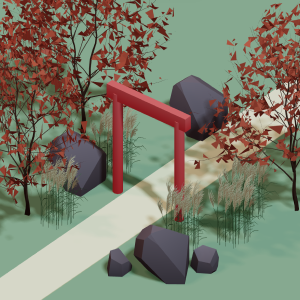 All training, tips and articles
All training, tips and articles
 3D house design tool
3D house design tool
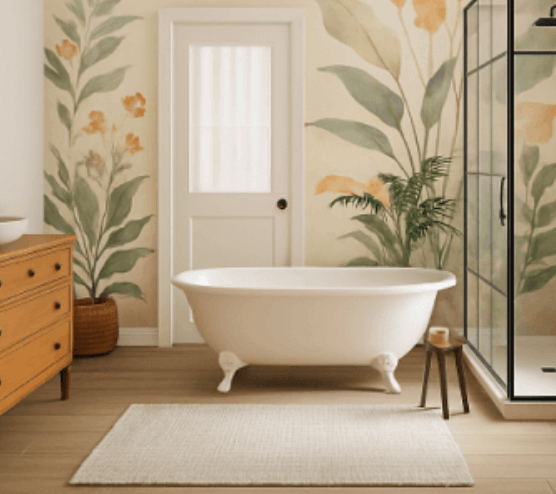
 Color palette generator
Color palette generator
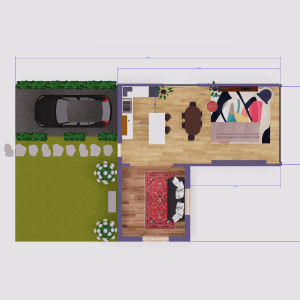 Floor plan creator
Floor plan creator
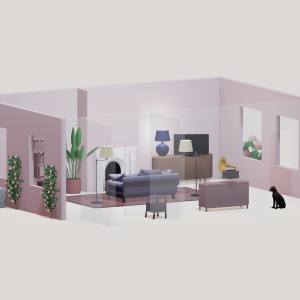 Interior design app
Interior design app
 Kitchen design tool
Kitchen design tool
 House design software
House design software
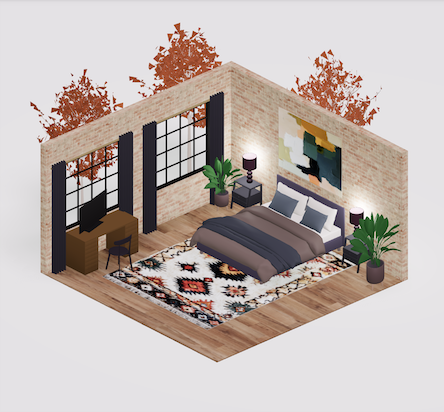 Room designer
Room designer
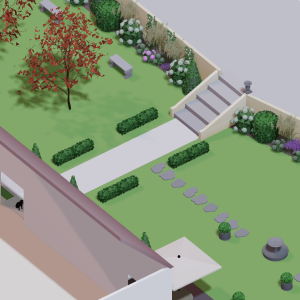 Landscape design software
Landscape design software
 Bedroom design
Bedroom design
 Office floor plan creator
Office floor plan creator
